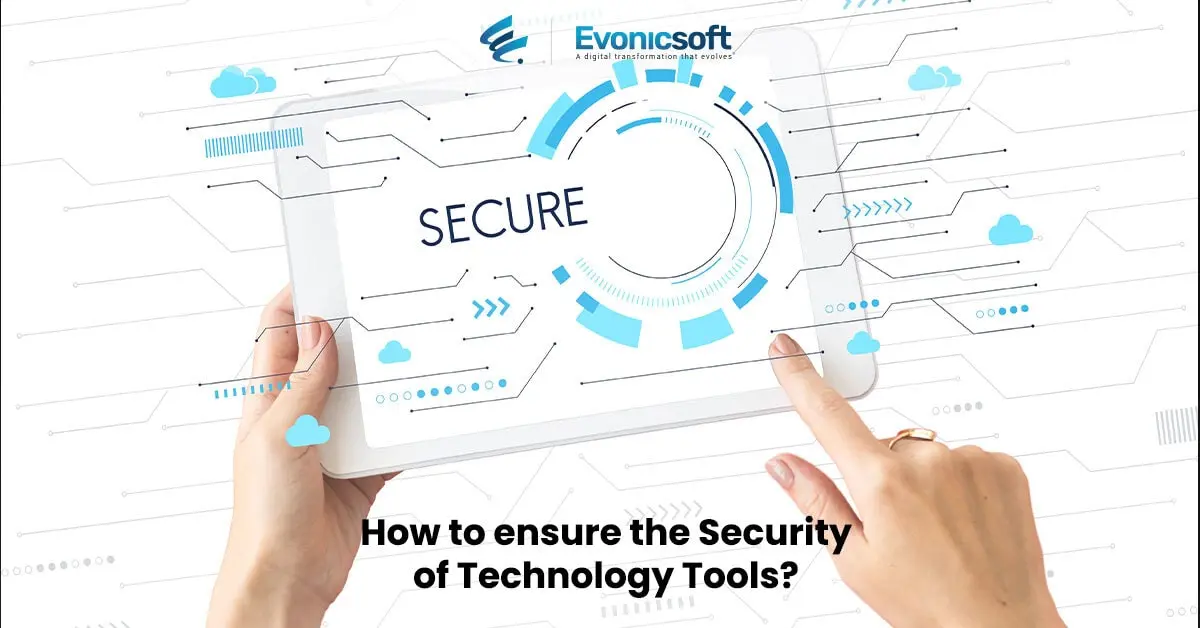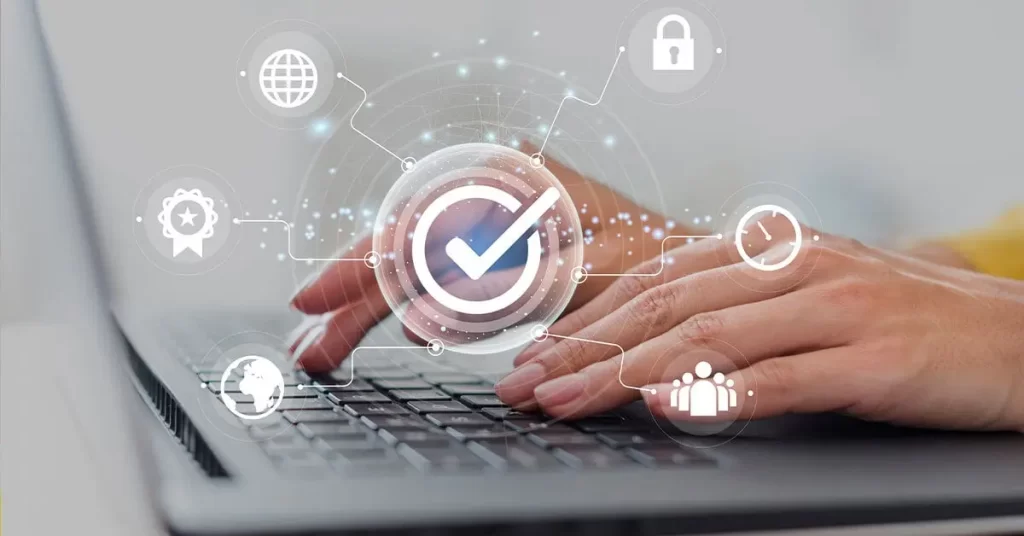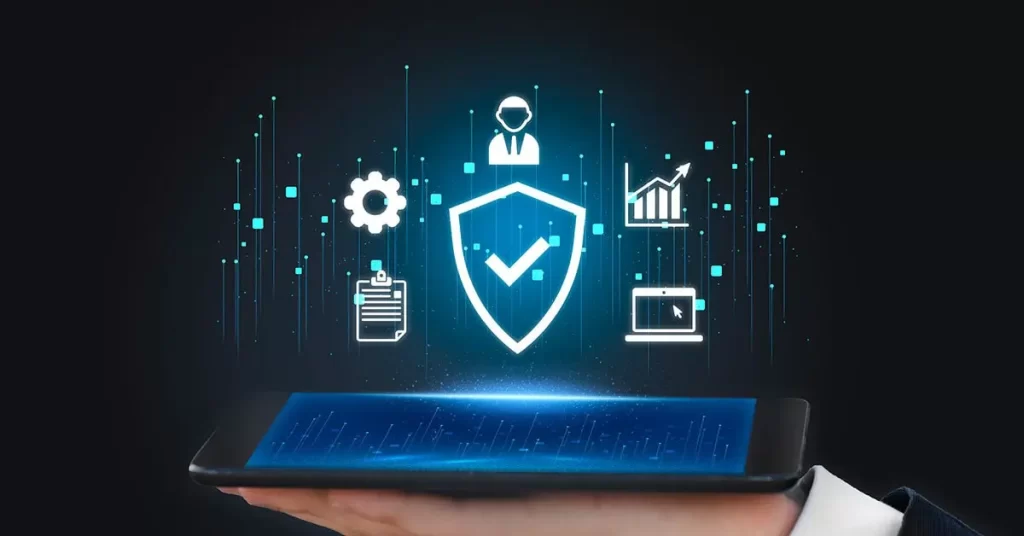
How to ensure the Security of Technology Tools?: A Guide for Companies
- Sami Ul Hassan
- 28/10/2023
- Digital
Introduction Security of Technology Tools
In our modern world, technology tools are like the engines that power businesses, making them run better and think smarter. Yet, relying more on technology also means dealing with the greater chance of security breaches and cyberattacks. Ensuring the security of these tools is not just a matter of compliance or good practice; it’s a critical necessary for any company. In this blog, we will delve into various strategies and best practices. That companies can adopt to ensure the security of their technology tools.
Evonicsoft is the one of the best CMS website development company in Dubai that will protect your online business.

1. Perform a Comprehensive Risk Check
Before you can secure your technology tools, you need to understand the risks associated with them. Conduct a comprehensive risk assessment to uncover potential vulnerabilities and threats that could affect your business. This means looking at risks that start from inside your company and those that come from outside. As well as considering emerging threats in the technology landscape.
2. Establish a Robust Security Policy
A well-defined security policy is the foundation of any security strategy. This policy should outline the company’s security goals, responsibilities, and guidelines for securing technology tools. Make sure that the policy is aligned with industry best practices and is communicated well to all employees.
3. Implement Access Control Measures
Ensuring that only the right people can use your tech tools is super important for keeping everything safe. To do this, you should set up strong access controls. This means having smart password rules, like making them strong and changing them regularly. It also means using something like two-factor authentication, where you need more than just a password to get in.
And lastly, you should only give people the access they really need for their job – no more, no less. That way, even if someone’s account gets compromised, the damage they can do is limited because they only have access to what’s necessary for their role. This is like making sure your house has strong locks and only giving keys to the right people. Regularly review and update access permissions.
4. Regular Software Updates and Patch Management
Software vulnerabilities are a common entry point for cyberattacks. Ensure that all software, including operating systems and applications, are regularly updated with the latest security patches. Establish a patch management process to stay on top of this critical task.
5. Encrypt Sensitive Data
Data breaches can be devastating, so encrypt sensitive data at rest and in transit. Employ strong encryption algorithms to protect confidential information from unauthorized access. This is especially important for data stored in the cloud and transmitted across networks.
6. Network Security
Secure your network infrastructure to stop unauthorized access and data break. This includes setting up firewalls, intrusion detection systems, and virtual private networks (VPNs). Regularly monitor network traffic for rarity and potential threats.
7. Employee Training and Awareness
Employees are often the weakest link in cybersecurity. Conduct regular training sessions to educate your staff about security best practices, phishing awareness, and social engineering threats. Encourage a security-awareness culture within the organization.
8. Incident Response Plan
Despite all precautions, security incidents can still occur. Having a well-documented incident response plan in place is essential. This plan should outline the steps to take when a security breach is detected, including reporting, containment, investigation, and recovery.
9. Vendor Assessment and Management
If your company uses third-party technology tools or services, assess the security practices of these vendors. Ensure they meet your security standards and are compliant with relevant regulations. Establish clear service-level agreements (SLAs) regarding security measures and responsibilities.
10. Regular Security Audits and Testing
Conduct regular security audits and insights testing to timely identify vulnerabilities and weaknesses. These assessments can help you discover and address security gaps before malicious actors do.
11. Data Backup and Disaster Recovery
In the event of a breach or data loss, having robust data backup and disaster recovery plans can be a lifesaver. Regularly back up critical data and test your disaster recovery procedures to ensure they are effective.
12. Compliance with Regulations
Ensure that your security practices align with relevant industry regulations and standards. This includes GDPR, HIPAA, ISO 27001, and others depending on your industry and geography. Compliance not only minimizes legal risks but also strengthens your overall security posture.

Revisit Security of Technology Tools
Securing technology tools is an ongoing and varied process that requires a proactive and comprehensive approach. By following these best practices and staying vigilant, companies can surely reduce the risk of security breaches and cyberattacks, safeguarding their valuable assets and maintaining the trust of their customers and stakeholders. In today’s unified world, the old adage “better safe than sorry” has never been more relevant.






